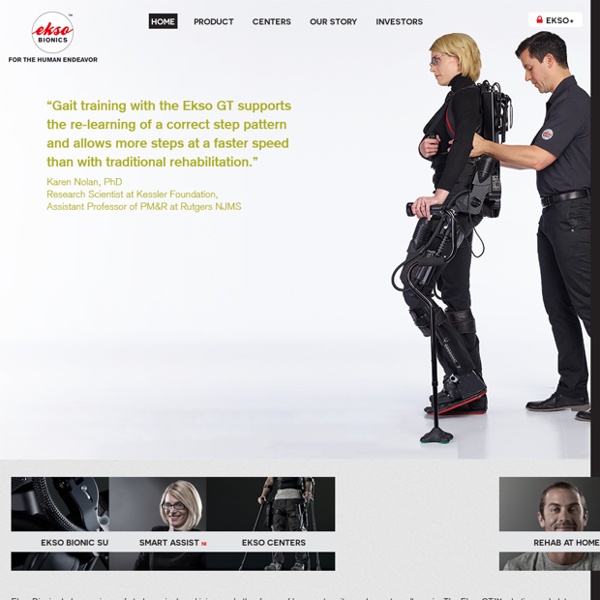



We Will End Disability by Becoming Cyborgs Hugh Herr is a living exemplar of the maxim that the best way to predict the future is to invent it. At the age of 17, Herr was already an accomplished mountaineer, but during an ice-climbing expedition he lost his way in a blizzard and was stranded on a mountainside for three days. By the time rescuers found him, both of his legs were doomed by frostbite and had to be amputated below the knee. Today, three decades after his accident, Herr walks on bionic limbs of his own creation. Herr believes the solutions lie not in biological or pharmacological cures but in novel electromechanical additions to our bodies. The MIT scientists are part of a movement aimed at ushering medicine into a cyborg age. In all of these projects, researchers started with the notion that a surprising range of afflictions can be most effectively treated by learning the electrical language that the brain uses to govern our movements, moods, and memories. The body is electric.
Boston Dynamics: Dedicated to the Science and Art of How Things Move. BigDog - The Most Advanced Rough-Terrain Robot on Earth BigDog is a rough-terrain robot that walks, runs, climbs and carries heavy loads. BigDog is powered by an engine that drives a hydraulic actuation system. BigDog's on-board computer controls locomotion, processes sensors and handles communications with the user. BigDog runs at 4 mph, climbs slopes up to 35 degrees, walks across rubble, climbs muddy hiking trails, walks in snow and water, and carries 340 lb load. Development of the original BigDog robot was funded by DARPA. To download a video of BigDog in action, click here. For a paper that summarizes the BigDog program, click here, or for overview slides click here.
Frontiers | Virtual reality and consciousness inference in dreaming | Cognitive Science 1Division of Sleep Medicine, Harvard Medical School, Boston, MA, USA2Department of Psychiatry and Behavioral Sciences, Johns Hopkins University, Baltimore, MD, USA3The Wellcome Trust Centre for Neuroimaging, University College London, London, UK This article explores the notion that the brain is genetically endowed with an innate virtual reality generator that – through experience-dependent plasticity – becomes a generative or predictive model of the world. This model, which is most clearly revealed in rapid eye movement (REM) sleep dreaming, may provide the theater for conscious experience. Keywords: sleep, consciousness, virtual reality, prediction, free energy, rapid eye movements, pontine-geniculate-occipital waves, neuromodulation Citation: Hobson JA, Hong CC-H and Friston KJ (2014) Virtual reality and consciousness inference in dreaming. Received: 09 August 2014; Paper pending published: 03 September 2014; Accepted: 18 September 2014; Published online: 09 October 2014. Edited by:
1524005 980502918632781 1528661060569771050 o 1798966 980503035299436 2790320668181351584 o 1960792 980502875299452 4193691577736034313 o 1978429 980502851966121 1842760996868687226 o 1978497 980502908632782 6407098508241251102 o 10407223 980502835299456 3143682895726770626 n 10710343 980502871966119 368434078979652662 o